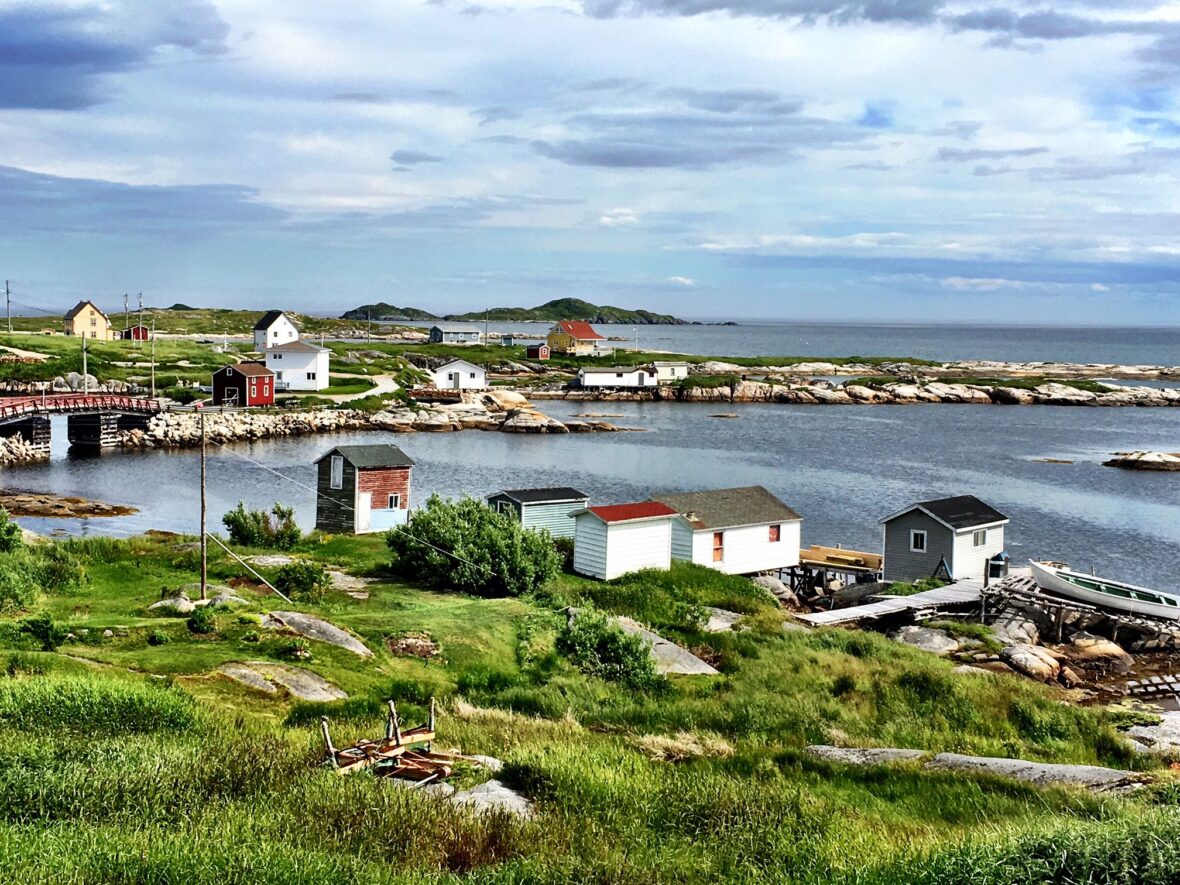Greenspond is a community in the province of Newfoundland and Labrador, Canada. Take a look below for 30 fun and fascinating facts about Greenspond, Newfoundland and Labrador, Canada.
1. It is one of the communities that comprise an area called Bonavista North, in Bonavista Bay, on the northeast coast of the Island of Newfoundland.
2. These communities have a shared history in that they were settled by people from England, predominantly from the West Country: Somerset, Devon, Dorset and Hampshire.
3. Research on this page has been contributed by the Greenspond Historical Society.
4. Greenspond is one of the oldest continuously inhabited outports in Newfoundland, having been settled in the 1690s.
5. In the first 100 years after settlement, the people of Greenspond lived from the bounty of the sea. The community thrived and became a major trading centre because of its proximity to and its position on the main sea lanes and was known as the “Capital of the North”.
6. The community of Greenspond comprises several islands: the largest is Greenspond Island, and the smaller ones include Batterton, Ship, Newell’s, Wing’s, Pig, Maiden, Groat’s, and Puffin Island.
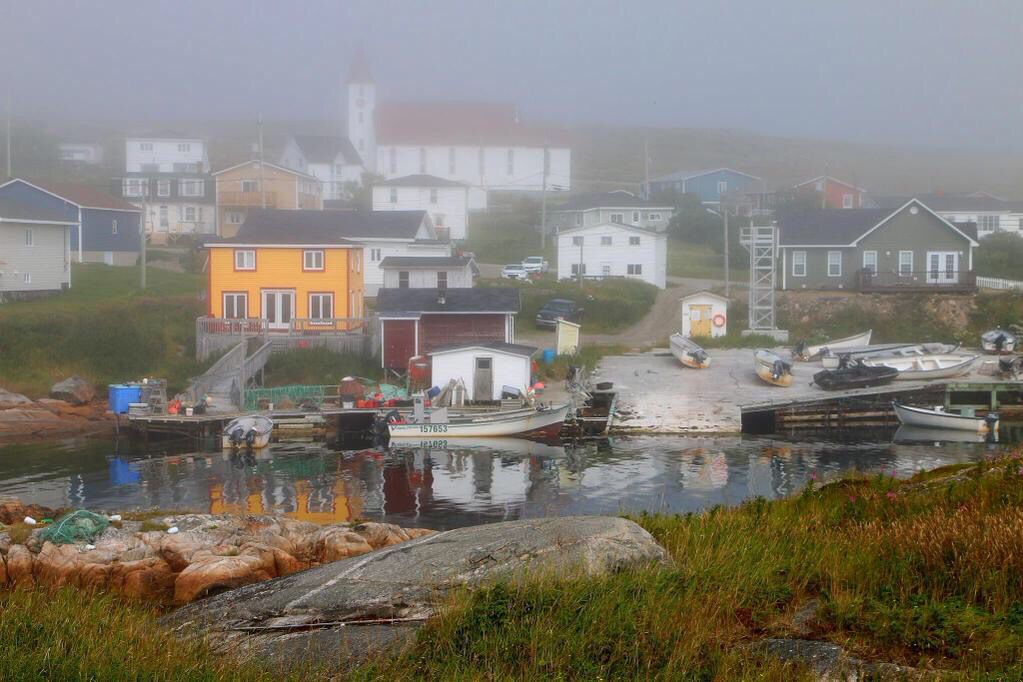
7. There are several explanations of the origin of the name “Greenspond”. The most popular is that it is based on the names of two of the early families, Green and Pond.
8. Another states that the name reflected the green of the trees that covered the island and the harbour basin which resembled a pond. Records from the French Colonial office referred to Greenspond as “Grin d’Espagne”, roughly translated it means “a little bit of Spain”. “Grin d’Espagne” could have subsequently been pronounced Greenspond by the English settlers.
9. The fabric of the church is deeply woven into Greenspond’s history.
10. The early settlers from the West Country of England brought their religious affiliations with them.
11. The first visit by a clergy was Rev. Henry Jones of the Church of England, who under the auspices of the Society for the Propagation of the Gospel served in Bonavista Bay in the 1720s. His first trip to Greenspond was in 1728 but the first church came much later.
12. St. Stephen’s Church was opened in 1812 and owes its construction to the efforts of Governor Sir John Thomas Duckworth who had allocated funds for the building of the church. In 1829 a resident clergyman, Rev. N.A. Coster, was appointed to Greenspond followed by Rev. Julian Moreton in 1849. Moreton wrote: “the mission of Greenspond … is the largest … in the diocese of Newfoundland, extending along the 70 miles of coast and requiring a journey of 200 miles to visit all its stations.” The size of the mission facilitated the enlargement of the church in the 1850s.
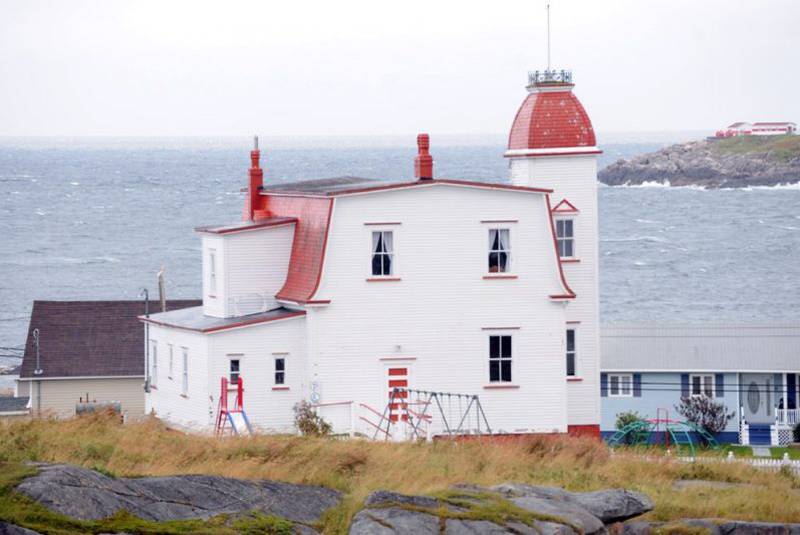
13. Wesleyan Methodism made its first appearance in 1796 when Rev. George Smith, a travelling missionary from Trinity, organized a small Methodist class in the community.
14. Services were held in stores and private houses, and, with the assistance of laymen, Methodist membership gradually increased. In 1862 Rev. John Allen became Greenspond’s first Methodist clergyman in a mission that extended from Flat Islands to Musgrave Harbour.
15. In 1873, the first Methodist church was opened with a seating capacity for 600. It served the congregation until 1965 when it was torn down to make way for a new building. In the late 19th century the Salvation Army came to Greenspond and built a citadel up on the Island.
16. Later, as membership grew another larger citadel was built down by the main road.
17. There were never many Roman Catholics in Greenspond.
18. In 1826 there were 500 Protestants and 100 Catholics but many of them were to move elsewhere. The 1874 census shows 945 Church of England adherents, 499 Methodists, and 79 Roman Catholics. In 1901 there were only 18 Roman Catholics listed. Nevertheless, they built a small Roman Catholic chapel in Pond Head.
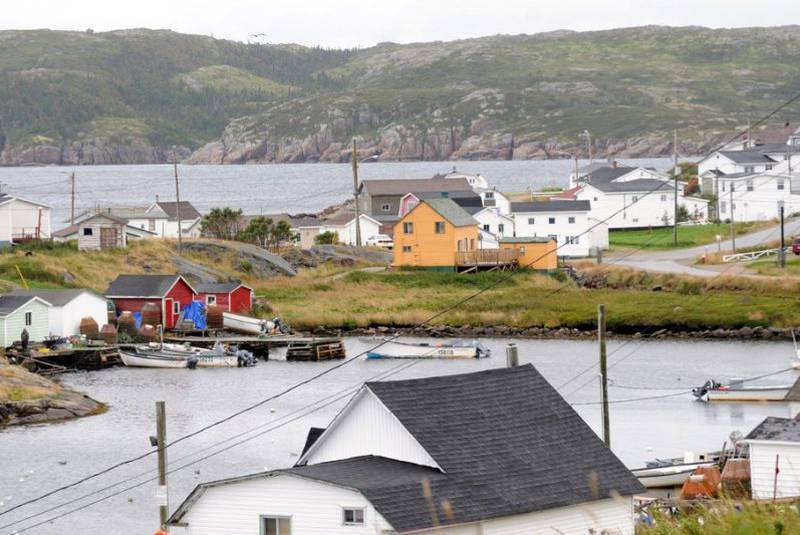
19. The history of education in Greenspond followed that of the churches. In 1815 the residents of Greenspond petitioned the government to appoint Thomas Walley as lay reader and teacher. Mr. Thomas Walley read in the church every Sunday and was capable of teaching the children to read and write. Therefore, residents John Edgar, Thomas Read, Nathanial Smith, and James Cram wrote to the S.P.C.K. asking them to pay a salary to Mr. Walley so he could be the school master.
20. On October 25, 1815, The Newfoundland Governor at the time, wrote that Mr. Walley was being given 15 pounds per annum by the government to read prayers on Sunday in the absence of a missionary. He was also appointed school master and was given 30 pounds for two years. Thomas Walley continued to teach there until 1825 when he moved to Gooseberry Island to serve as schoolmaster there.
21. In a letter, written by Archdeacon George Coster on July 21, 1827, he said Greenspond had started building a house and schoolroom, and that the Newfoundland School Society promised to send a teacher.
22. The first Newfoundland School Society teacher in Greenspond was a Mr. and Mrs. William King who left England and came to Greenspond in 1828. They opened the day school with 34 children, and the Sunday School with 54 children. In an 1829–1830 school report, it said the school in Greenspond was nearly completed and that the attendance was 56 children attending day school and 26 adults attending the night school.
23. By 1831 there were 111 children in day school, 142 children in Sunday School, and 49 adults in night school. These numbers were unprecedented for a small community in Newfoundland during this period.
24. Mr. Benjamin Fleet succeeded Mr. and Mrs. King when he arrived in August 1832 and began school.
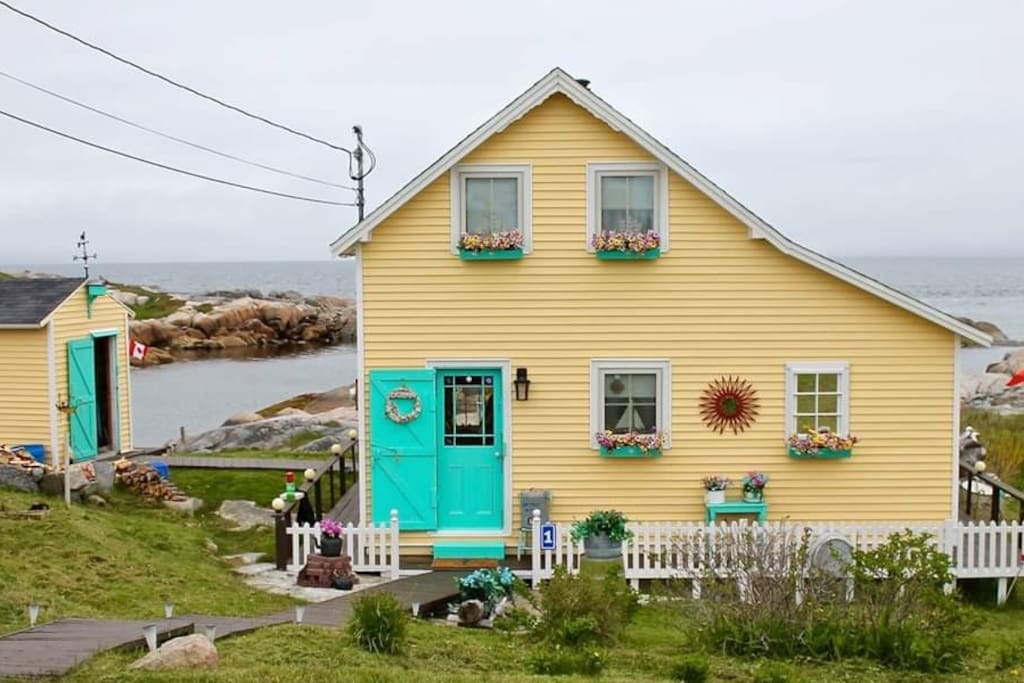
25. Greenspond’s chief asset was its proximity to the inshore cod fishing grounds. During the 19th century, fishermen not only exploited the local fishing grounds but also went further afield to find codfish, some as far as the coast of Labrador.
26. By mid-century it had become a prominent supply centre and clearing for the Labrador fishery which led to the appointment of a collector of customs by the colonial government in 1838.
27. The annual seal hunt was another asset in the Greenspond economy. The community’s advantageous location, in the path of the northern ice floe, enabled land-based hunters using guns and nets to capture seals. By the early 19th century the seal hunt had become an important part of life at Greenspond. Historian Judge D.W. Prowse reported that in 1807 “from Bonavista and Greenspond 6 ships went to the ice with 64 men.” He also reported that in the town of Greenspond itself 80 men took 17,000 seals in nets.
28. In 1860, 18 vessels, each with a crew of about 20 men, prosecuting the seal hunt out of Greenspond. Because most of the crews and sealing captains were drawn from Greenspond and neighbouring communities, sealing ships would leave St. John’s and Conception Bay in the fall of the year and anchor in Greenspond Tickle until spring when the hunt would begin. There was great pride in the accomplishment of local sealing captains, such as Darius Blandford who made the “quickest trip ever recorded” and Peter Carter who secured the heaviest load of seals in the history of the industry.
29. The early inhabitants of Greenspond hailed from the West of England, mainly Dorset but also Devon, Hampshire, and Somerset. The names of these early settlers can still be found there today: Bishop, Blandford, Bragg, Burry, Burton, Butler, Carter, Chaytor, Crocker, Dominey, Dyke, Easton, Feltham, Granter, Green, Harding, Hawkins, Hoddinott, Hoskins, Hunt, Hutchins, Kean, Lovelace, Lush, Meadus, Mullett, Mullins, Oakley, Oldford, Osmond, Parsons, Pond, Rogers, Samson, Saunders, Smith, Stratton, Way, Wheeler, White, Wicks, Woodland, Wornell, Wright, and Young.
30. Throughout the 20th century the fishery remained the major economic enterprise of the people of Greenspond: a bait depot was established in 1946, a fresh-fish processing plant was built in 1957 and a smokehouse was opened in the 1970s. In 1951 the town was incorporated, and with municipal government came water and sewer facilities, improved light and power services, improvements in local roads and, perhaps, the most important of all, the construction of a causeway connecting Greenspond Island with the Newfoundland mainland. In the 1990s Greenspond continues to thrive, a superb example of a Newfoundland coastal community which has survived and prospered for three hundred years despite the inherent fluctuations in a fishing economy.

